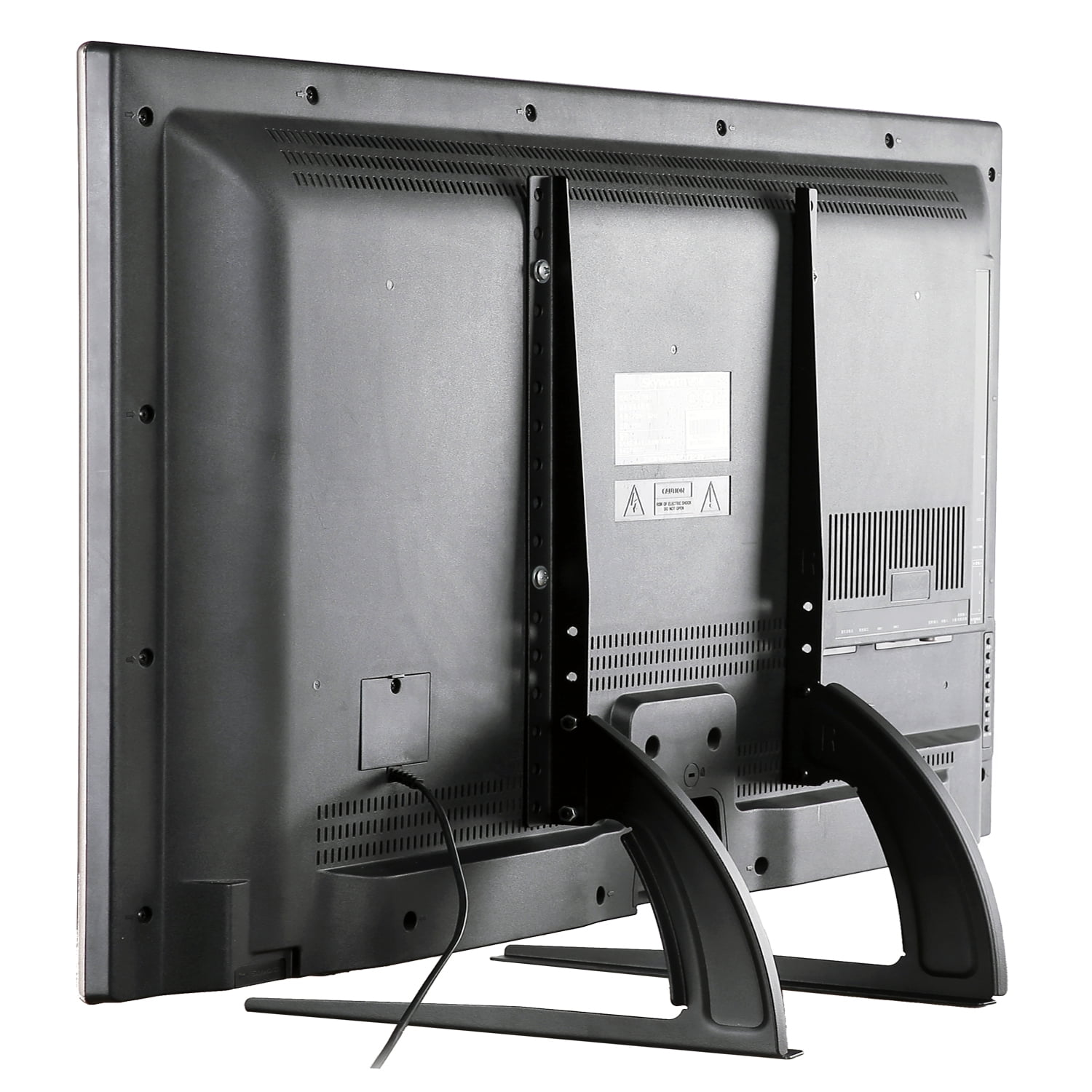
He wonders if they are staying together just "for tradition", as in the lines "But does she really wanna / But can't stand to see me / Walk out the door?" André 3000 commented, "I think it's more important to be happy than to meet up to.the world's expectations of what a relationship should be.

The lyrics begin to describe the protagonist's concerns and doubts about a romantic relationship. The song opens with three pick up beats as André 3000 counts "one, two, three, oh" and then leads into the first verse. The song moves at a tempo of 159 beats per minute, and André's vocal range spans more than an octave and a half, from B 3 to G 5. André 3000 then uses a deceptive cadence after a 2Ĥ measure of the dominant D major chord, leading into two 4Ĥ measures of an E major chord (against a G note in the melody implying E minor). G major and C major chords are played for one and two 4Ĥ measures, respectively. Each cadential six- measure phrase is constructed using a change of meter on the fourth measure (creating a song with 22 beats in each phrase) and uses a I–IV–V–V/ii chord progression. They experimented with various sound effects, including singing through a vocoder, and did 30 to 40 takes for each line. Months later, André 3000 worked with Pete Novak at the Larrabee Sound Studios in Los Angeles. He returned to work on the song several evenings later, with session musician Kevin Kendricks performing the bassline on the synthesizer.


Īndré recorded the introduction, the first verse, the hook, and the vocals around the same time, using several dozen takes. He used an acoustic guitar for accompaniment, inspired by bands such as the Ramones, the Buzzcocks, the Hives, and the Smiths. André 3000 wrote "Hey Ya!" in 2000, but began work on recording it in December 2002 at Stankonia Studios in Atlanta, Georgia.


 0 kommentar(er)
0 kommentar(er)
